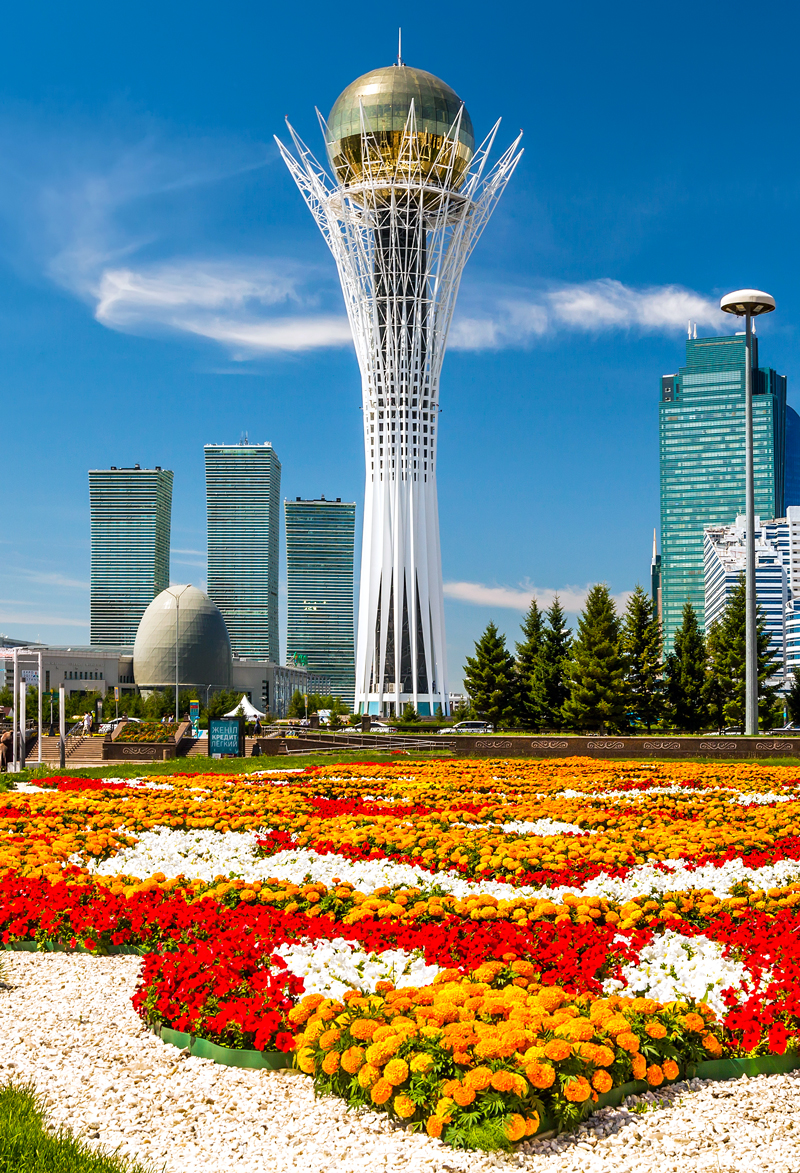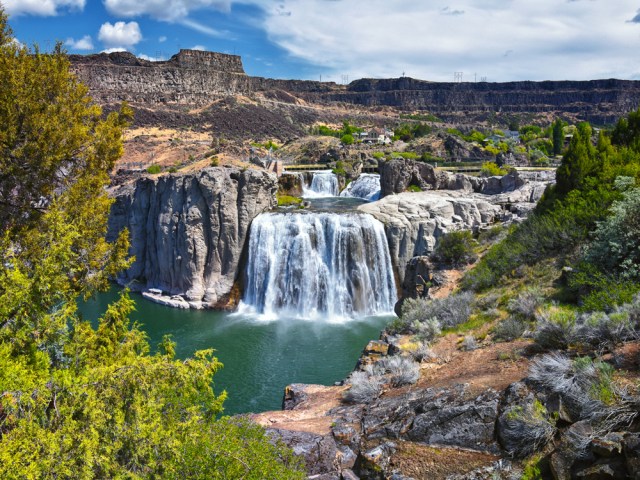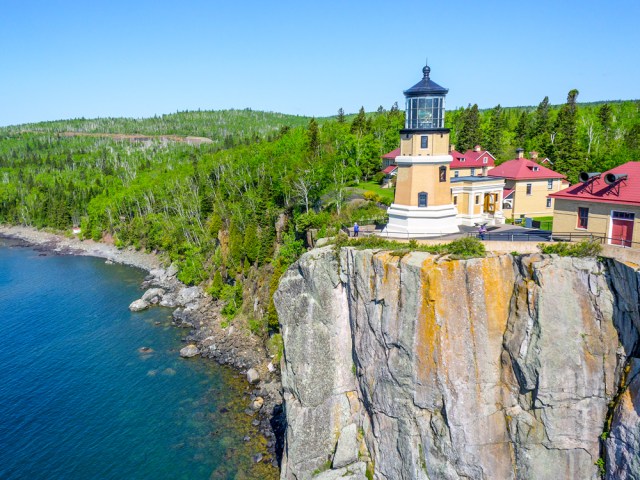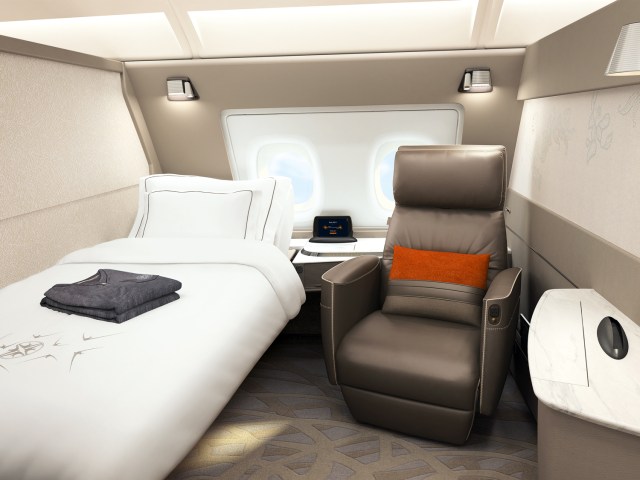The world’s oldest cities — the likes of Athens, Byblos, and Jericho — have been around for millennia. These cradles of ancient civilizations showcase artistic and architectural talents from eras far removed from today’s modern world. While these cities still stand proudly, the global landscape is changing rapidly. In response, several nations have built meticulously planned, high-tech cities that signal the future of urbanization. Read on to discover seven of the world’s newest cities.
Putrajaya, Malaysia
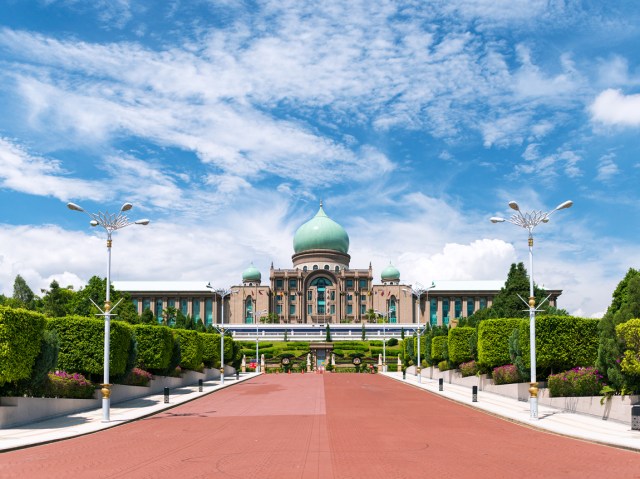
To ease the pressure of overcrowding in Kuala Lumpur, the Malaysian government decided to create a new administrative capital in 1995. Putrajaya sits less than an hour’s drive from Kuala Lumpur and presents a fascinating combination of sustainability, modern urban planning, and exquisite Islamic architecture. Monuments such as the sprawling Pedrana Putra (the prime minister’s office), the pink-painted Putra Mosque, and the steel-and-glass Iron Mosque dominate Putrajaya’s modern skyline. In between, parks and gardens provide natural habitats for hundreds of wildlife species. The marshes, forests, and ponds of Putrajaya Wetlands Park alone are home to 100 bird species, and Putrajaya Botanical Garden dazzles with hundreds of tropical plants.
Astana, Kazakhstan

Astana, the capital of Kazakhstan, is a city where gleaming skyscrapers rise above human-made forests and imposing government buildings. But life wasn’t always like this in the barren grasslands of northern Kazakhstan. Prior to becoming the capital, Astana was an unassuming provincial town called Aqmola. Then, in 1997, former President Nursultan Nazarbayez moved the nation’s capital to a strategic new location farther away from China. Japanese architect Kisho Kurokawa had the task of designing a new city in the middle of nowhere. Less than three decades later, the city of Astana is a bustling metropolis home to over 1 million people. Beneath the glass towers, hints of Kazakh culture are visible in places such as the Astana Music Hall and Hazrat Sultan Mosque.
King Abdullah Economic City, Saudi Arabia
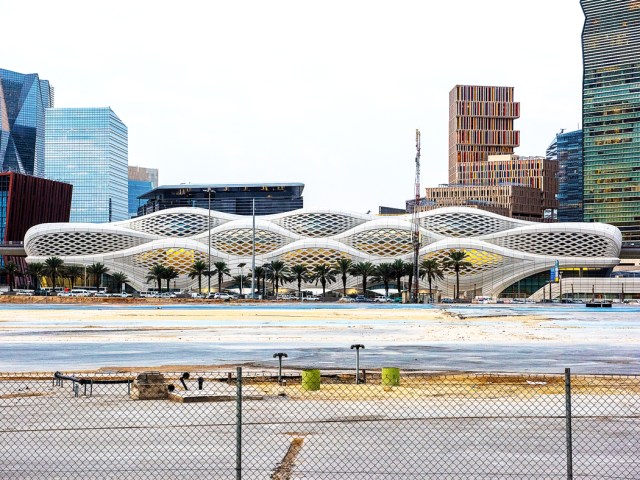
Set on the shores of the Red Sea, King Abdullah Economic City is a privately funded megaproject that aims to diversify the traditional oil industry and economy of Saudi Arabia. Established in 2005, this city occupies around 70 square miles between a sandy shoreline and desert landscapes. The goal is to build a modern and luxury residential environment around relaxing green spaces. To date, developers have built upscale resorts and hotels, a country club and golf course, and an arts district. Meanwhile, the balmy waters of the Red Sea nearby are ideal for swimming, snorkeling, and scuba diving.
Naypyidaw, Myanmar
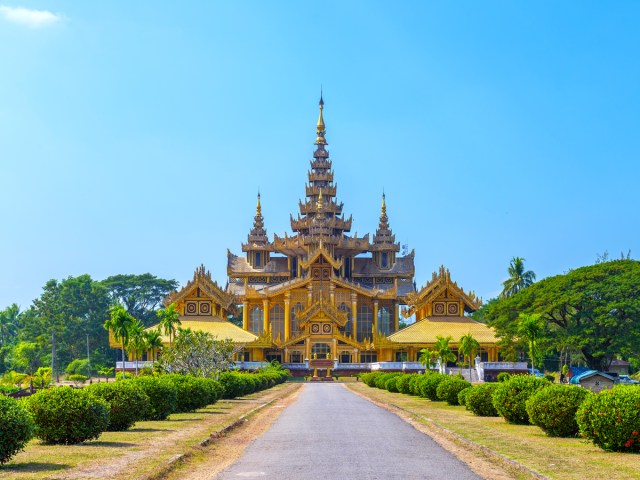
Myanmar (formerly Burma) has a long history of ever-changing capital cities. Pagan (modern-day Bagan) held the honor for over four centuries, while Toungoo lasted for just over a year. In 2005, the nation’s then-military government decided to change its political and administrative seat from Yangon to Naypyidaw. Construction on this new city — set in a region of forests, rice paddies, and sugarcane fields — started secretly in 2002. The resulting 1,853-square-mile city has a skyline dominated by a 328-foot-tall golden stupa of Uppatasanti Pagoda. Yet, despite billions of dollars of investment, the city resembles more of a ghost town than a bustling capital. Beside the pagoda, notable sights include the Myanmar Gems Museum and Water Fountain Garden.
Sejong, South Korea
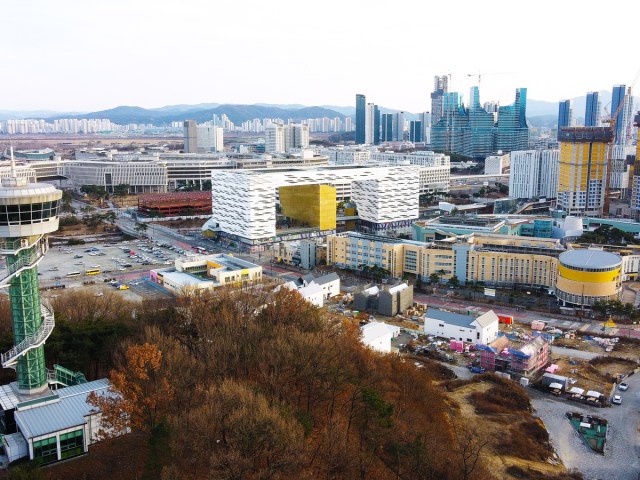
Sejong was founded in 2007 as a response to the rapidly growing population of Seoul, South Korea’s capital. It takes its name from King Sejong the Great, who was the most important ruler of the Joseon Dynasty (1392-1910). In an attempt to encourage relocation, the government moved several significant buildings and institutions to the city. Nevertheless, the population remains relatively low at about 275,000 residents, with many employees preferring the approximately 90-minute commute from Seoul.
From a tourism perspective, Sejong boasts several pristine green spaces, including Sejong Lake Park, which features five themed islands used for everything from festivals to wetlands. Also of interest is the futuristic-looking National Library of Korea and October’s Sejong Festival, which celebrates the legend of the city’s namesake king.
Songdo, South Korea
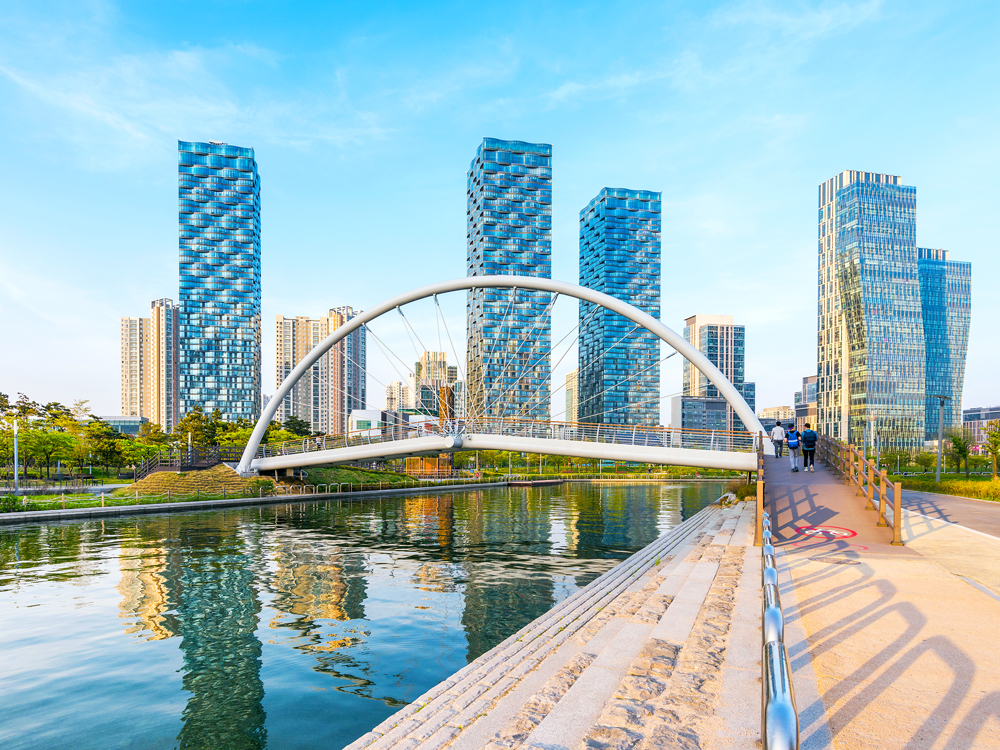
Set on a reclaimed waterfront off the city of Incheon, Songdo opened its first phase of construction in 2009. This high-tech business and residential district is what’s known as a “smart city.” It has an intelligent infrastructure designed to improve the life of its residents. Street sensors continually analyze traffic conditions in order to preempt and avoid gridlocks, and garbage trucks have been replaced by a system of suction tubes that take waste from buildings to a treatment plant. Moreover, 40% of the city is dedicated to outdoor and green spaces. Among these is Songdo Central Park, modeled on New York’s Central Park. Other amenities include a golf course, art galleries, and shopping malls.
Westlake, Florida
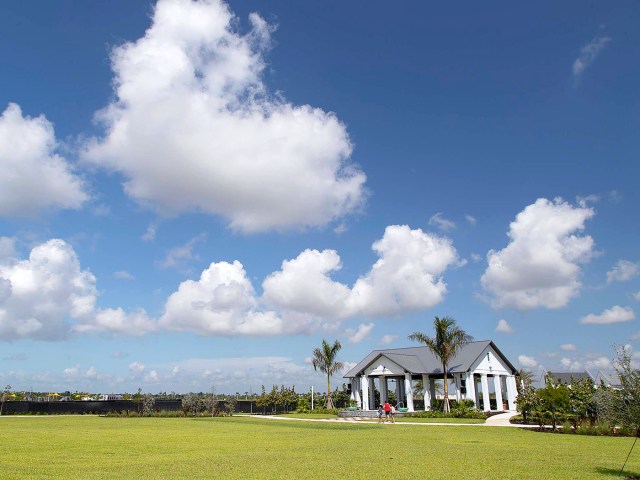
Incorporated in 2016, Westlake is a purpose-built community in Florida’s Palm Beach County. Once an area of old-growth citrus groves, Westlake began with just five residents and is now home to a population of around 7,400. It features a town center with convenience stores, supermarkets, fast-food joints, and restaurants. One of the city’s biggest lures is Westlake Adventure Park, where residents can enjoy resort-style amenities ssuch a a lagoon and lap pool, picnic area, children’s playground, and concert pavilion. Adding to the city’s appeal is its location just 20 miles from the vibrant downtown and sandy beaches of West Palm Beach.






